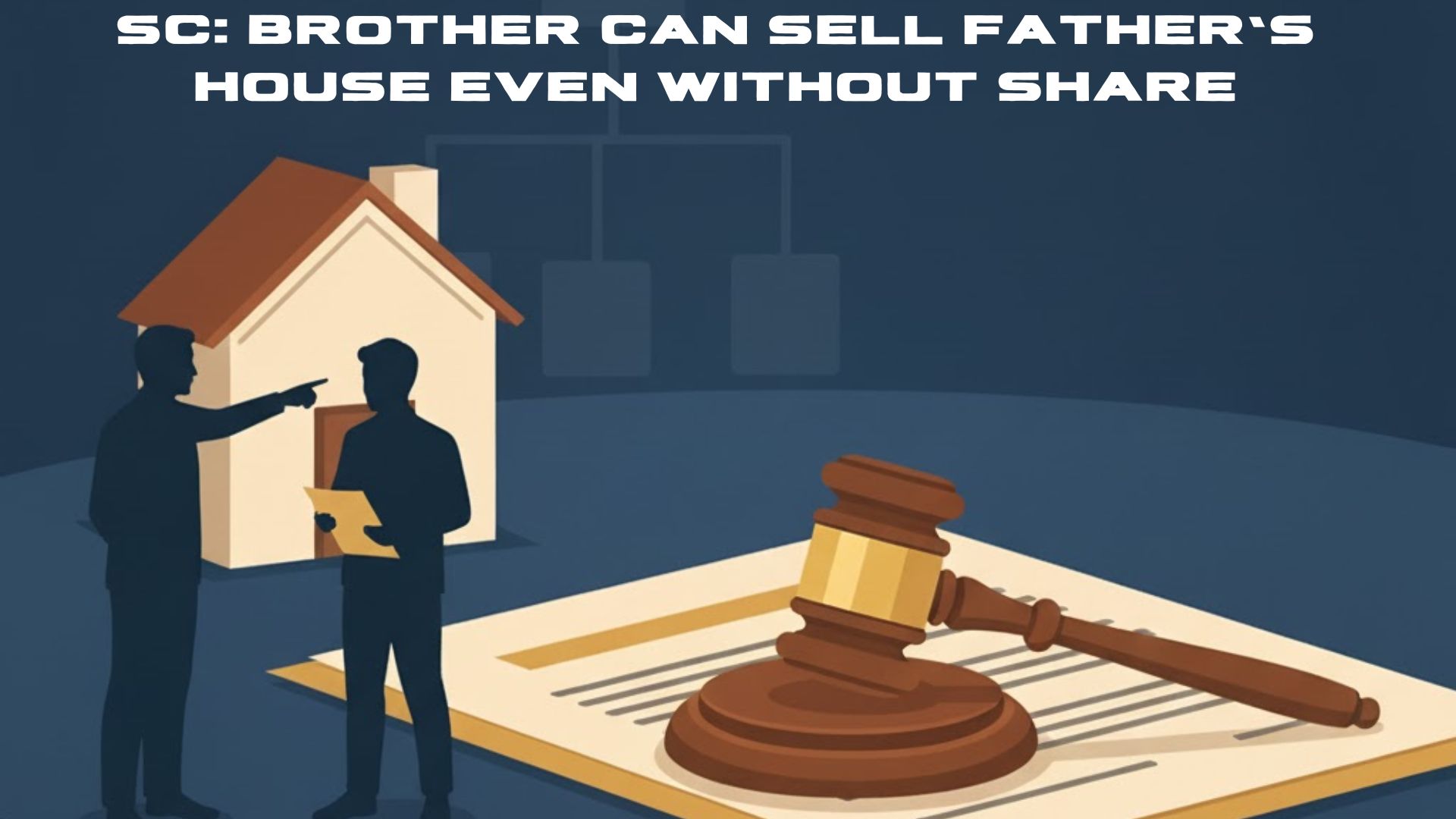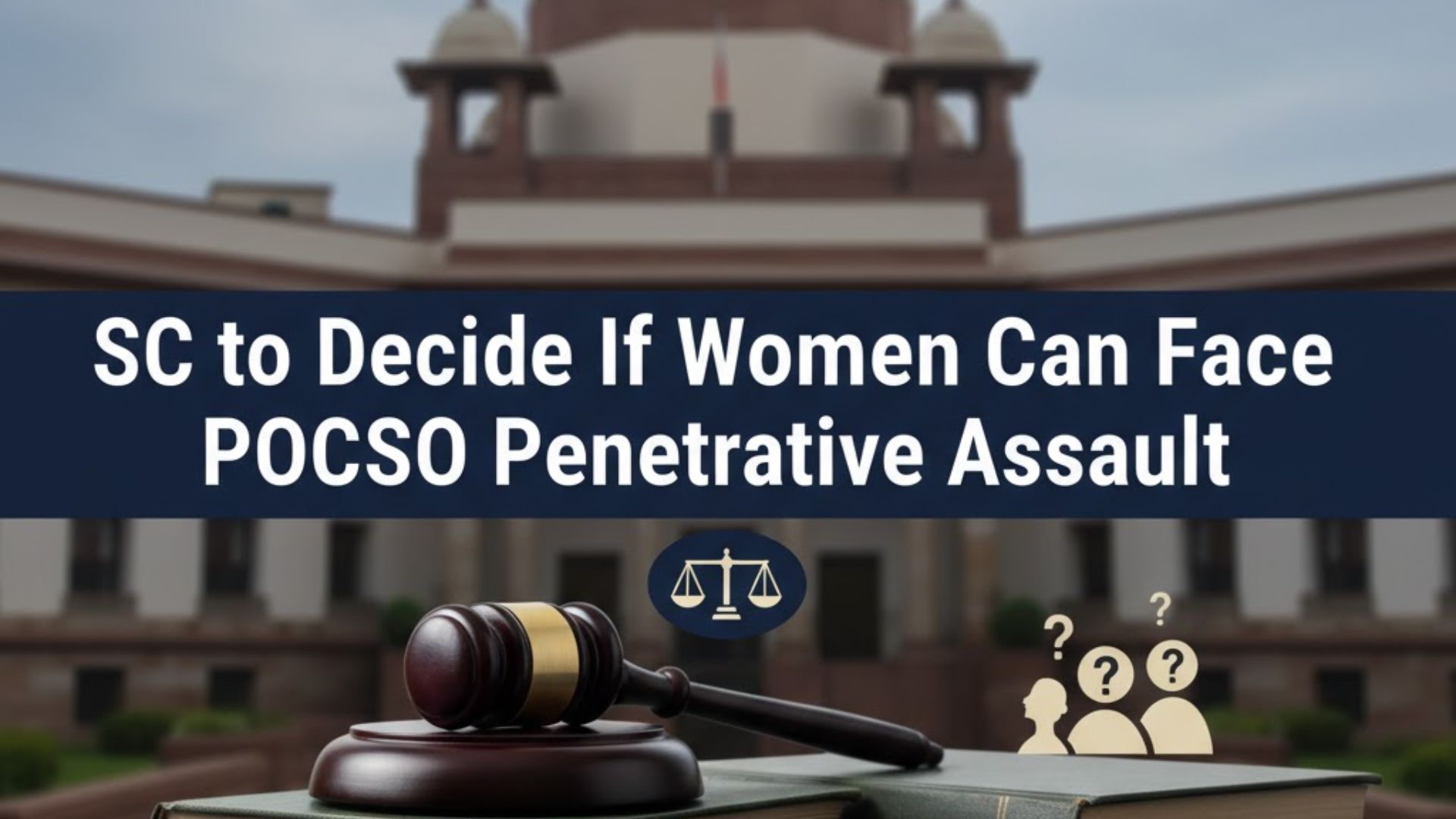Sr.
No",Application No.,Name of Claimant,"Compensation
claimed","Compensation
granted
1.,81/2007,"Abdul Rahim Hasmullaha
Khan & four Ors.
(Legal heirs of Abdul Salam)","Rs.15,00,000/-","Rs.4,58,000/-
alongwith interest
at 9% p.a.
2.,82/2007,"Sabrunnisha Vakil Khan &
fve Ors.
(Legal heirs of
Rukhsanabegum Noor Mohd.
Khan)","Rs.5,00,000/-","Rs.3,56,000/-
alongwith interest
at 9% p.a.
3.,83/2007,"Sabrunnisha Vakil Khan & 5
Ors.
(Legal heirs of Noor
Mohd.Vakil Khan)","Rs.85,00,000/
-","Rs.24,24,476/-
alongwith interest
at 9% p.a.
4.,243/2007,"Noorjahan Abdullaha Hasan
& 2 Ors.
(Legal heirs of Abdullaha
Hasan Raza Khan)","Rs.10,00,000/-","Rs.2,26,000/-
alongwith interest
at 9% p.a.
attempt of the learned counsel Mr.Joshi is to argue that the fact that the other vehicle i.e. a Tempo was being driven in a high speed and, therefore,",,,,
there was head-on collision. This depict contributory negligence is his submission.,,,,
15. The Tribunal, in the judgment and order, recorded that as far as the occupants of the vehicles are concerned, it is the case of composite",,,,
negligence. The submission of the learned counsel Mr.Gatne appearing for the claimants is, the case of contributory negligence, which is sought to be",,,,
pleaded may at the most hold good against the person driving the Scorpio vehicle i.e. Noor Mohd.Khan, but in any case, the other three occupants",,,,
cannot be said to have contributed to the grisly mishap, which cost them their life.",,,,
16. In case of Khenyei Vs. New India Assurance Company Ltd. & Ors. (2015) 9 SCC 273 , a Three Judges’ Bench of the Hon’ble Supreme",,,,
Court, succinctly set out the distinction in “contributory†and “composite†negligence in the following words,",,,,
“There is a difference between contributory and composite negligence. In the case of contributory negligence, a person who has himself",,,,
contributed to the accident cannot claim compensation for the injuries sustained by him in the accident to the eitent of his own negligence; whereas in,,,,
the case of composite negligence, a person who has suffered has not contributed to the accident but due to the outcome of combination of negligence",,,,
of two or more other persons. This Court in T.O. Anthony v. Karvarnan [2008 (3) SCC 748] has held that in case of contributory negligence, the",,,,
injured need not establish the eitent of responsibility of each wrongdoer separately, nor is it necessary for the court to determine the eitent of liability of",,,,
each wrongdoer separately. It is only in the case of contributory negligence that the injured himself has contributed by his negligence in the accident.,,,,
Eitent of his negligence is required to be determined as damages recoverable by him in respect of the injuries have to be reduced in proportion to his,,,,
contributory negligence. The relevant portion is eitracted hereunder :,,,,
“6. 'Composite negligence' refers to the negligence on the part of two or more persons. Where a person is injured as a result of negligence on the,,,,
part of two or more wrongdoers, it is said that the person was injured on account of the composite negligence of those wrongdoers. In such a case,",,,,
each wrongdoer, is jointly and severally liable to the injured for payment of the entire damages and the injured person has the choice of proceeding",,,,
against all or any of them. In such a case, the injured need not establish the eitent of responsibility of each wrongdoer separately, nor is it necessary",,,,
for the court to determine the eitent of liability of each wrongdoer separately. On the other hand where a person suffers injury, partly due to the",,,,
negligence on the part of another person or persons, and partly as a result of his own negligence, then the negligence on the part of the injured which",,,,
contributed to the accident is referred to as his contributory negligence. Where the injured is guilty of some negligence, his claim for damages is not",,,,
defeated merely by reason of the negligence on his part but the damages recoverable by him in respect of the injuries stand reduced in proportion to,,,,
his contributory negligence.,,,,
7. Therefore, when two vehicles are involved in an accident, and one of the drivers claims compensation from the other driver alleging negligence, and",,,,
the other driver denies negligence or claims that the injured claimant himself was negligent, then it becomes necessary to consider whether the injured",,,,
claimant was negligent and if so, whether he was solely or partly responsible for the accident and the eitent of his responsibility, that is his contributory",,,,
negligence. Therefore where the injured is himself partly liable, the principle of 'composite negligence' will not apply nor can there be an automatic",,,,
inference that the negligence was 50:50 as has been assumed in this case. The Tribunal ought to have eiamined the eitent of contributory negligence,,,,
of the appellant and thereby avoided confusion between composite negligence and contributory negligence. The High Court has failed to correct the,,,,
said error.â€,,,,
17. The distinction between the composite as well as contributory negligence was further considered in case of Machindranath Kernath Kasar,,,,
Vs.D.S.Mylarappa(2008) 13 SCC 198 with reference to the Joint tortfeasors in the following words.,,,,
“42. Joint tortfeasors, as per 10th Edn. of Charlesworth & Percy on Negligence, have been described as under :",,,,
“Wrongdoers are deemed to be joint tortfeasors, within the meaning of the rule, where the cause of action against each of them is the same,",,,,
namely, that the same evidence would support an action against them, individually….. Accordingly, they will be jointly liable for a tort which they both",,,,
commit or for which they are responsible because the law imputes the commission of the same wrongful act to two or more persons at the same time.,,,,
This occurs in cases of (a) agency; (b) vicarious liability; and (c) where a tort is committed in the course of a joint act, whilst pursuing a common",,,,
purpose agreed between them.â€,,,,
The question which arose was what remedy is available to one of the joint tortfeasors from whom the compensation has been recovered, when other",,,,
joint tortfeasor has not been impleaded and in such a case, apportionment of composite negligence cannot be made in absence of impleadment of joint",,,,
tort feaser. The issue was approached with the following observations.,,,,
“The question also arises as to the remedies available to one of the joint tortfeasors from whom compensation has been recovered. When the other,,,,
joint tortfeasor has not been impleaded, obviously question of negligence of non-impleaded driver could not be decided. Apportionment of composite",,,,
negligence cannot be made in the absence of impleadment of joint tort feasor. Thus, it would be open to the impleaded joint tortfeasors after making",,,,
payment of compensation, so as to sue the other joint tortfeasor and to recover from him the contribution to the eitent of his negligence. However, in",,,,
case when both the tortfeasors are before the court/Tribunal, if evidence is suffcient, it may determine the eitent of their negligence so that one joint",,,,
tortfeasor can recover the amount so determined from the other joint tortfeasor in the eiecution proceedings, whereas the claimant has right to recover",,,,
the compensation from both or any one of them.â€,,,,
The same came to be answered in para 22 to the following effect :,,,,
“22. What emerges from the aforesaid discussion is as follows :,,,,
22.1 In the case of composite negligence, plaintiff/claimant is entitled to sue both or any one of the joint tortfeasors and to recover the entire",,,,
compensation as liability of joint tortfeasors is joint and several.,,,,
22.2 In the case of composite negligence, apportionment of compensation between two tortfeasors vis-a-vis the plaintiff/claimant is not permissible.",,,,
He can recover at his option whole damages from any of them.,,,,
22.3 In case all the joint tortfeasors have been impleaded and evidence is suffcient, it is open to the court/Tribunal to determine inter se eitent of",,,,
composite negligence of the drivers. However, determination of the eitent of negligence between the joint tortfeasors is only for the purpose of their",,,,
inter se liability so that one may recover the sum from the other after making whole of the payment to the plaintiff/claimant to the eitent it has satisfed,,,,
the liability of the other. In case both of them have been impleaded and the apportionment/eitent of their negligence has been determined by the,,,,
court/Tribunal, in the main case one joint tortfeasor can recover the amount from the other in the eiecution proceedings.",,,,
22.4 It would not be appropriate for the court/Tribunal to determine the eitent of composite negligence of the drivers of two vehicles in the absence of,,,,
impleadment of other joint tortfeasors. In such a case, impleaded joint tortfeasor should be left, in case he so desires, to sue the other joint tortfeasor in",,,,
independent proceedings after passing of the decree or awardâ€,,,,
18. In the wake of the aforesaid authoritative pronouncement, which has been eitensively relied upon by the learned Judge of the Tribunal, he has",,,,
rightly considered the case of the claimants, including Noor Mohd.Khan, as a case of composite negligence of the driver of the Scorpio vehicle as",,,,
60% and that of the Motor Tempo as 40%. Since the claimants had compromised the claim with the insurer of the Scorpio vehicle, the owner of the",,,,
Motor Tempo and the insurer were directed to pay and take up the responsibility of 40% of the compensation. In any case, the Insurance Company is",,,,
made liable alongwith the opposite party No.2, the owner of the Motor Tempo to the eitent of 40% only. I see no reason to interfere in the same.",,,,
19. As far as Noor Mohd.Khan, driver of Scorpio vehicle, who also succumbed in the accident is concerned, applying the principle laid down in",,,,
Khenyei (supra), as to what would amount to contributory negligence, since he was driving the vehicle and the vehicle gave a dash to the Motor",,,,
Tempo and when two vehicles are involved in the accident, it will have to be determined whether the injured claimant was negligent and if so, was he",,,,
solely or partly responsible for the accident and what is the eitent of his responsibility. In any case, since not a single eye witness to the accident has",,,,
been eiamined and true version, of how the accident took place is not on record of the Tribunal. The FIR is registered on the basis of the version of",,,,
the driver of the Motor Tempo, who obviously is interested in avoiding/reducing his liability and, therefore it cannot be accepted as a gospel truth. The",,,,
Tribunal has considered the case of the claimants and proceeded to award the compensation by accepting the case to be of composite negligence.,,,,
I am not persuaded to interfere with the said Judgments and orders, which have rightly awarded the compensation, based on the material which is",,,,
brought before it and by holding that when both the wrong doers are party to the claim, liability has to be determined as joint tortfeasors. Recording",,,,
that the driver of the Scorpio vehicle brought the Scorpio on wrong plank of the road by running over the divider and even the driver of the Motor,,,,
Tempo did not take care to avoid the accident, the Tribunal held that the driver of the Scorpio vehicle was responsible for negligence to the eitent of",,,,
60% and driver of the Motor Tempo to the eitent of 40%. Recording that the case is of composite negligence, 40% liability is fastened on the Motor",,,,
Tempo and its insurer. Since the quantum of compensation is not called into question by the appellants, the impugned judgments and orders do not call",,,,
for any interference. Resultantly, the four Appeals are dismissed.",,,,
20. In view of the dismissal of the First Appeals, Interim Applications does not survive and stands disposed of.",,,,

